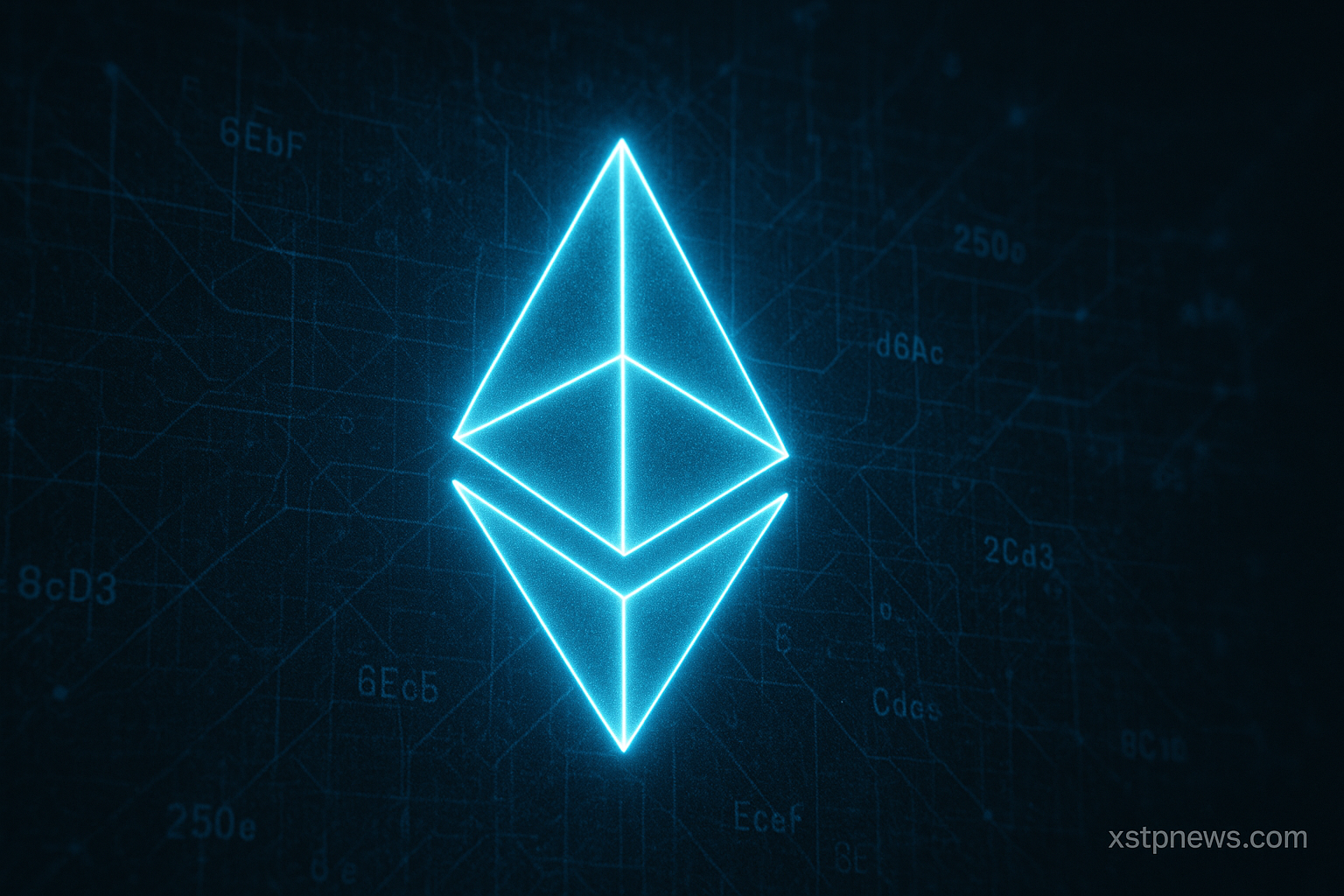Ethereum is the second-largest cryptocurrency by market cap and the most widely used blockchain platform for smart contracts, decentralized applications and tokenized assets.
Ethereum’s innovation and purpose
Launched in 2015 by Vitalik Buterin and a group of developers, Ethereum introduced a breakthrough idea to the crypto space: a programmable blockchain. Unlike Bitcoin, which was designed as a decentralized money system, Ethereum allowed developers to build decentralized applications (dApps) using its smart contract functionality.
This turned Ethereum into the backbone of the DeFi, NFT and Web3 movements.
Why Ethereum dominates the smart contract space
Ethereum became the go-to blockchain for developers and innovators due to:
- Its first-mover advantage in smart contracts
- A massive ecosystem of tools, tokens and dApps
- The introduction of ERC-20, which set the standard for thousands of tokens
- Strong community and developer support
- Institutional interest in Ethereum staking
Even with competitors like Solana and Avalanche, Ethereum continues to attract the majority of TVL (Total Value Locked) in the DeFi ecosystem.
Ethereum’s transition to proof-of-stake
In 2022, Ethereum completed “The Merge”, shifting from a proof-of-work model to a proof-of-stake mechanism. This transition significantly reduced energy consumption by over 99% and paved the way for future scalability upgrades like sharding.
This move also strengthened Ethereum’s narrative as a more sustainable, eco-friendly blockchain a key factor in institutional adoption.
Ethereum is not just a cryptocurrency. It’s a platform powering the next generation of decentralized finance, digital ownership and internet infrastructure. Its adaptability and developer ecosystem keep it at the center of blockchain innovation.
Sources: CoinMarketCap, Ethereum.org, Glassnode, DeFiLlama, Bloomberg







